Fresh Meat
Known for the stringency of its food safety regulations, New Zealand boasts some of the best fresh meat in the world.
Maintaining this very high standard requires an intimate knowledge of the tools available as well as a robust Quality Control system of checking, tracking and data management. Meat products that are gas flushed / packaged in a modified atmosphere package (MAP) will inhibit bacterial growth and prevent discoloration (especially for red meats) – extending the shelf life and increasing profits. For this to work however, you need to ensure your package has the proper headspace gas concentration and is checked for leaks. Tools from Dansensor / Mocon can help you achieve this goal. This starts with ensuring that the correct gas mix is delivered to your package with the Dansensor MapMix Provectus. After packaging you will want to maintain total Quality Assurance by checking that the gas concentration (Residual Oxygen level) in your package is correct. This may mean off-line sampling with a hand-held head space gas analyser such as the Dansensor CheckPoint 3. You will also need to check for leaks – there is no point investing in creating the perfect gas mix for your product if a leak is going to destroy all your hard work. Whether it be an inline solution that checks every package coming off the line, such as the Dansensor LeakMatic or an offline solution for random sampling and leak detection such as the Dansensor LeakPointer, knowing that you are delivering a quality product is going to eliminate costly product recalls and prevent shipments being rejected by your customers.
As consumers have become ever more health conscious more and more demands for information on the exact composition of our meat are being placed on slaughterhouses and meat producers. This is where the savvy quality control expert will be able to take advantage of NIR tools offered by Perten. Whether it and over-belt NIR (Perten DA7440), in pipe (Perten DA7300) or offline checking with either the Perten DA7250 and Perten DA6200 you can determine the moisture, protein, fat and many other parameters in all types of samples so that you know you are delivering a product within spec each and every time. If you are re-processing frozen meats, you want to know that deliveries are properly and fully frozen – ideal for this role is an infra-red thermometer while if you want to delve into the core of frozen meat a probe thermometer with the robustness of a cork-screw is the tool you need. Also critical in maintain the safety and quality of both fresh and frozen meats is cold chain management. This is where a datalogging solution, whether off-line with a very robust solution like the iButton or a cloud based system that can deliver instant alerts for breaches of parameters such as the Monnit suite of battery powered data loggers.
|
Common fresh meat products and gas mixtures recommended |
|||
|
Gas flushing, and the correct gas mix to use can be as much art as science. Provided here are some common mixes based on research and experience from Dansensor, and the more than 20 years of experience Mätt Solutions have with clients who are gas flushing fresh meat. They provide a starting point that should be revalidated with shelf-life trials and your own observation. |
|||
|
Product (retail ready) |
Oxygen (O2) |
Carbon Dioxide (CO2) |
Nitrogen (N2) |
|
Beef |
70% |
30% |
Nil |
|
Lamb |
70% |
30% |
Nil |
|
Venison |
80% |
20% |
Nil |
|
Pork |
80% |
20% |
Nil |
|
Chicken |
Nil |
30% |
70% |
|
80% |
20% |
Nil |
|
|
Duck |
Nil |
30% |
70% |
|
80% |
20% |
Nil |
|
|
Bacon |
Nil |
30% |
70% |
|
Beef burgers |
Nil |
30% |
70% |
|
Ham |
Nil |
30% |
70% |
|
Ox tongue |
Nil |
30% |
70% |
|
Roast Meat |
Nil |
30% |
70% |
|
Salami |
Nil |
30% |
70% |
|
Sausages |
Nil |
30% |
70% |
- Storage and transport of bulk fresh meats has different requirements – both for gas flushing and for package seal QC/QA. For further information sharing on this we welcome questions at anytime
Pre-Mix gas (eg 30 CO2/70 N2) tends to be relatively more expensive than buying plain gas and mixing it yourself onsite (like buying plain CO2 and plain N2 and mixing it whichever ratio you need)
There are clear advantages and disadvantages for both:
Pre-Mixed gas
- More convenient and easy to implement especially for clients starting to utilise MAP (Modified Atmosphere Packaging
- Less initial setup cost
- Down site is it costs more per say litre / kg of gas that you buy and you cannot alter the mix ratio should you have products that need different ratios / levels
Plain “mix it yourself” gas
- Clear advantage is cost and versatility, you can buy it cheaper and also mix the gas to whichever ratio you need with the ability to change ratio product respective
- Down side of pre-mix gas is hinger initial setup cost.
Buy plain Nitrogen or Generate my own?
Allot of manufacturers generate their own nitrogen gas onsite, this is through a process of extracting the existing oxygen from environmental air thus leaving plain nitrogen. Generating nitrogen is cheaper over time than buying plain nitrogen but comes with higher initial setup cost.
You also have to be aware two key factors;
- Potential purity issues especially if your product requires very low levels of oxygen
- Potential low pressure when mixing the nitrogen with say carbon dioxide
According to the Ministry Primary Industries, “Meat stored in MAP packaging can be cooked and used the same as meat packaged any other way. MAF (Food Safety) is not aware of any accepted science that suggests any significant change in the nutrition value of meat stored this way.”
“High oxygen atmosphere packaged meat, on the other hand, does control growth of bacteria. The high oxygen content suppresses the growth of strict anaerobic bacteria such as clostridium botulinum. These dangerous bacteria cannot tolerate the high oxygen content. The high carbon dioxide content (20-30%) in these packs controls the growth of aerobic pathogens. For instance in the case of salmonella the high carbon dioxide content of the pack atmosphere inhibits salmonella growth, as with E.Coli. However, as with all the forms of packaging meat will only last for the times shown above if the temperature is maintained close to 0°C.
Demand for information on the exact composition of meat is being placed on slaughterhouses and meat producers. Perkin Elmer offers specialty quality control NIR solutions; Over-belt NIR (Perkin Elmer DA7440), in pipe (Perkin Elmer DA7350) or offline checking with the Perkin Elmer DA7250. Each of these enable the determination of moisture, protein, fat, chemical lean, ash and many other parameters in all types of samples including value added cured products so that there is the assurance of delivering a high quality, within specification product each and every time.
There are a wide array of value added meat products that require further processing – from premium spiced and flavoured sausages to cured hams and much more in-between. Each of these products will have their own quality parameters that should be measured for consistency to the consumer, accuracy of labelling and maximisation of profits.
In this regard, use of an inline NIR instrument such as the Perkin Elmer DA7350 (in pipe) or Perkin Elmer DA7440 (over belt) can provide continuous monitoring and instant feedback, to ensure the recipe is right and enhancing both consistency and product speed.
Mätt Solutions offer shelf-life testing services that look at the product's "complete picture", considering all its aspects to determine when and what ends a meat products’ shelf-life. Packaging provides protection from extremes in light, temperature, humidity and oxygen all of which will reduce shelf-life if not controlled. To perform an accurate shelf-life test, it is imperative to expose the product to different conditions to know when and why it fails.
According to MPI guidelines on shelf-life trials, fresh meat products should be exposed to conditions as realistic as possible in shelf life trials. Mätt Solutions have a wide selection of chambers and simulation set-ups to test these abuse trials and help determine the shelf-life and durability of fresh meat products.
Trials include not only the head space gas composition, but also how this is changing over time. A fresh meat may become unacceptable to a consumer long before microbial spoilage reaches dangerous levels, this is something that is captured by sensory testing carried out by the trained team at Mätt Solutions.
At the end of the trial, a comprehensive report is provided that states the actual shelf-life of the product, outlines reasons for failure and in most cases recommends ways to improve. This report tends to be a requirement by most supermarket chains and is well received by auditors and MPI (Ministry of Primary Industries)
A very common “pre-mix” gas used in a wide range of gas flushing applications is 30% CO2 and 70% N2 – this is what is referred to with the phrase “Cellarman’s Mix”. For the low volume producer, the use of Cellarman’s Mix can provide an easy to manage starting point in gas flushing. The challenge is, as an off-the-shelf product it has not been fine tuned and validated to a specific product that is leaving the processing plant.
Meat products that are gas flushed/packaged in a modified atmosphere package (MAP) will inhibit bacterial growth and prevent discoloration (especially for red meats) – extending the shelf-life and increasing profits. For this to work however, the package needs to have the proper headspace gas concentration and the gas needs to stay in the package (i.e – the packaging should be checked for leaks). Tools from Dansensor / Mocon can help you achieve this goal. This starts with ensuring that the correct gas mix is delivered to the package with the Dansensor MapMix Provectus.
After packaging Quality Assurance needs to be maintained by checking that the gas concentration (Residual Oxygen level) in the package is correct. This may mean off-line sampling with a hand-held head space gas analyser such as the Dansensor CheckPoint 3. There is also a need to check for leaks – which can destroy all the hard work. Whether it be an inline solution that checks every package coming off the line, such as the Dansensor LeakMatic or an offline solution for random sampling and leak detection such as the Dansensor LeakPointer, by delivering a quality product, costly product recalls will be eliminated along with and customer rejection of shipments.
In any quality control process, knowing that there is a problem puts you halfway towards solving it. Having detected a leak using non-destructive leak testing, we know want to find exactly where that leak is so that we can take corrective action.
This is why a Water Bath – such as the Haug PackVac, is recommended as a second line of defence with non-destructive leak testing. A leaking package can be placed into the Haug WaterBath, and as the instrument draws a vacuum, the site of the leak can be identified by looking for the escaping air bubbles.
YES – gas flushing with the correct gas mix for different meat products can give a shelf life more than 3x that of a product that is not gas flushed.
YES – in general bulk meat uses a low oxygen gas concentration, while for retail meat, a high oxygen concentration will be used. Mocon, who specialise in instruments for quality monitoring of the gas flushing process provide a Guide to MAP Mixtures based on extensive research and industry experience.
With non-destructive leak testing, 100% quality assurance of every package leaving the processing plant is possible. The Dansensor Leakmatic can leak test complete cartons of fresh meat at up to 4 cycles per minute.
Although it can be messy and labour intensive, one of the most common methods for determining “Chemical Lean” is the microwave method. A faster method of determining fat content, which has been approved by industry body AusMeat is the use of an NIR instrument. As well as chemical lean, an NIR instrument has the capability to analyse protein, moisture and ash in fresh meat and meat products.
There is no direct need to test whole cuts of fresh meat for water activity. Water Activity is, however, a very important quality control and safety measure for meat products that have undergone further processing such as ham, sausages, dried or cured meats and salami.
An NIR instrument such as the Perkin Elmer DA7250 near infra-red light to analyse meat. In only six seconds an NIR instrument can tell you the protein, fat, moisture, collagen, salt and ash of both fresh meat and a variety of meat by-products.
With more than 1,000 meat samples from around the world analysed in the preparation of the model used by the Perkin Elmer DA7250 it has an accuracy of 1.5 times the accuracy of the reference method. This means that if the reference method is accurate to +/- 1% - then the DA7250 will be accurate to +/- 1.5%.
However, for day to day use most meat processers find the DA7250 delivers more consistent and reliable results as it eliminates a number of manual processing steps that are subject to operator error.
Applicable Instruments
-
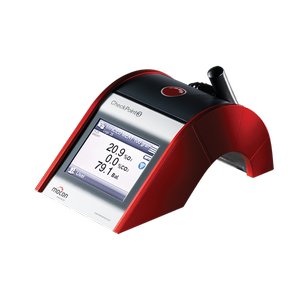
CheckPoint 3 - Portable Gas Analyser
Portable gas analyser with long lasting sensor compared to previous models.
-
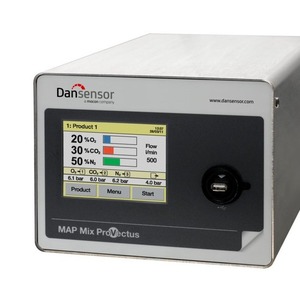
High-capacity gas mixer - MAP Mix Provectus
Gas mixer for both flow and buffer tank application
-
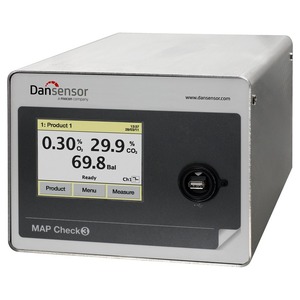
Continuous gas analyzer - MAP Check 3
The continuous gas analyzer is designed to precisely monitor gas content on packaging machines.
-
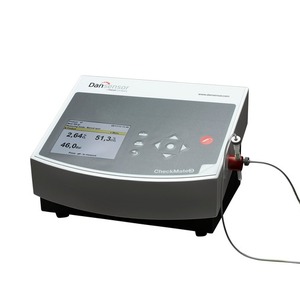
CheckMate 3 - Benchtop Gas Analyser
Accurate Benchtop Oxygen (O2) / Carbon Dioxide (CO2) gas analyser
-
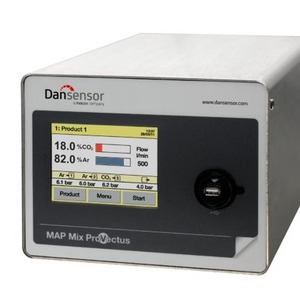
High-capacity gas mixer - MAP Mix Provectus
Gas mixer capable for mixing Argon gas for the metal industry.
-
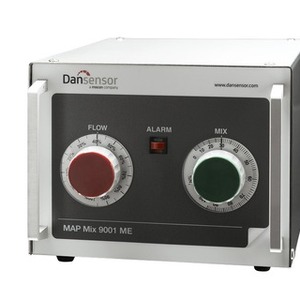
Low-capacity gas mixer - MAP Mix 9001
Proportional gas mixing of carbon dioxide, oxygen and the inert gases nitrogen and argon used either in a 2-gas or 3-gas combination.
-
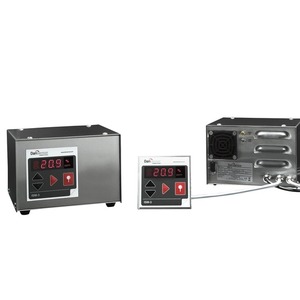
Industrial Process Analyzers - ISM-3
Measures oxygen in inert gases and CO2
-
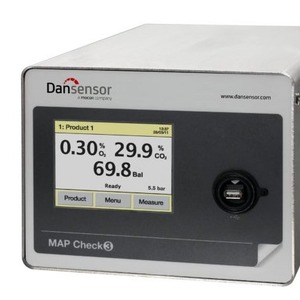
Continuous Gas Analyzer - MAP Check 3 Pressure
Fully equipped inline gas analysis for pressurized systems
-
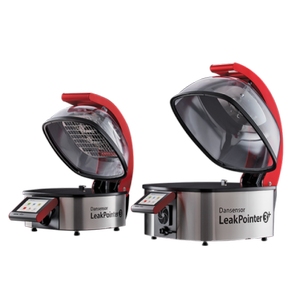
MAP leak detection - LeakPointer 3
Efficient non-destructive leak detection in Modified Atmosphere Packaging.
-
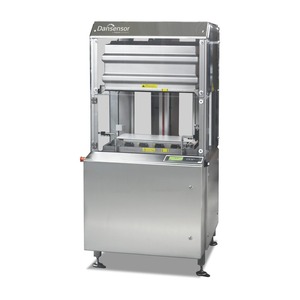
LeakMatic II - Packaging Leak Tester
Fully automatic non-destructive in-line leak detector
-
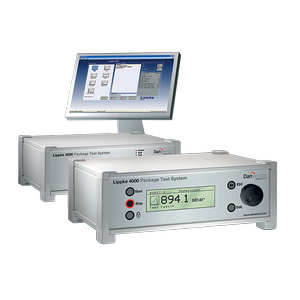
Lippke Leak System
Leakage and seal strength testing system for practically all types of flexible, semi rigid and rigid packages
-
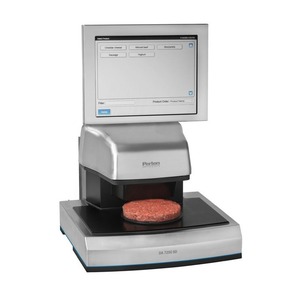
NIR Analyser - DA 7250
Quick NIR analysis for any types of samples, IP65
-
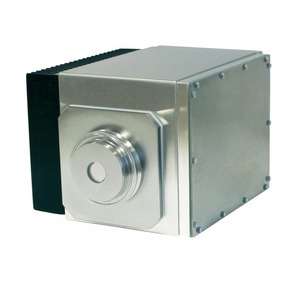
DA 7300 - NIR Analyzer
On-line instrument continuous analysis of moisture, protein, fat and more
-
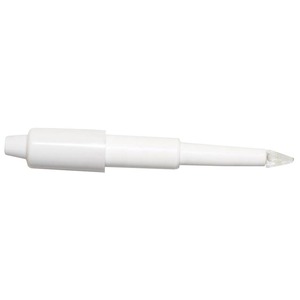
P29 Micro Food Penetration Probe
-
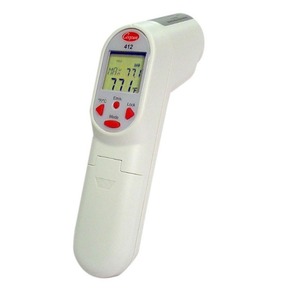
Cooper Atkins Infrared 413 w/ Thermocouple Jack 20568
Non-contact Infrared Thermometer to measure surface temperature combined with a Thermocouple Jack to measure internal temperature.
-
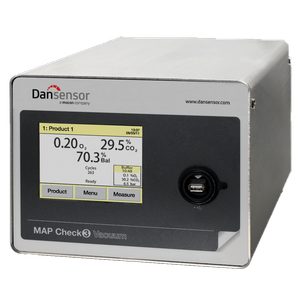
Online gas analyze - MAP Check 3 Vacuum
Online gas analyzer for quality assurance of thermoforming and tray sealing machines.
-
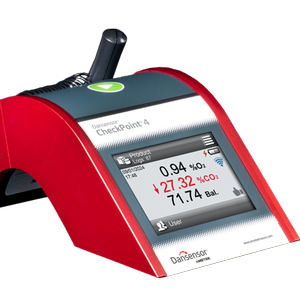
CheckPoint 4 – Superior Portable Headspace Analyzer
Portable gas analyzer for quality control of modified atmosphere packages (MAP).
-
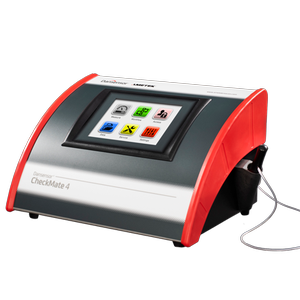
CheckMate 4 - Headspace Gas Analyzer
ACCURATE, FAST AND RELIABLE HEADSPACE GAS TESTING
